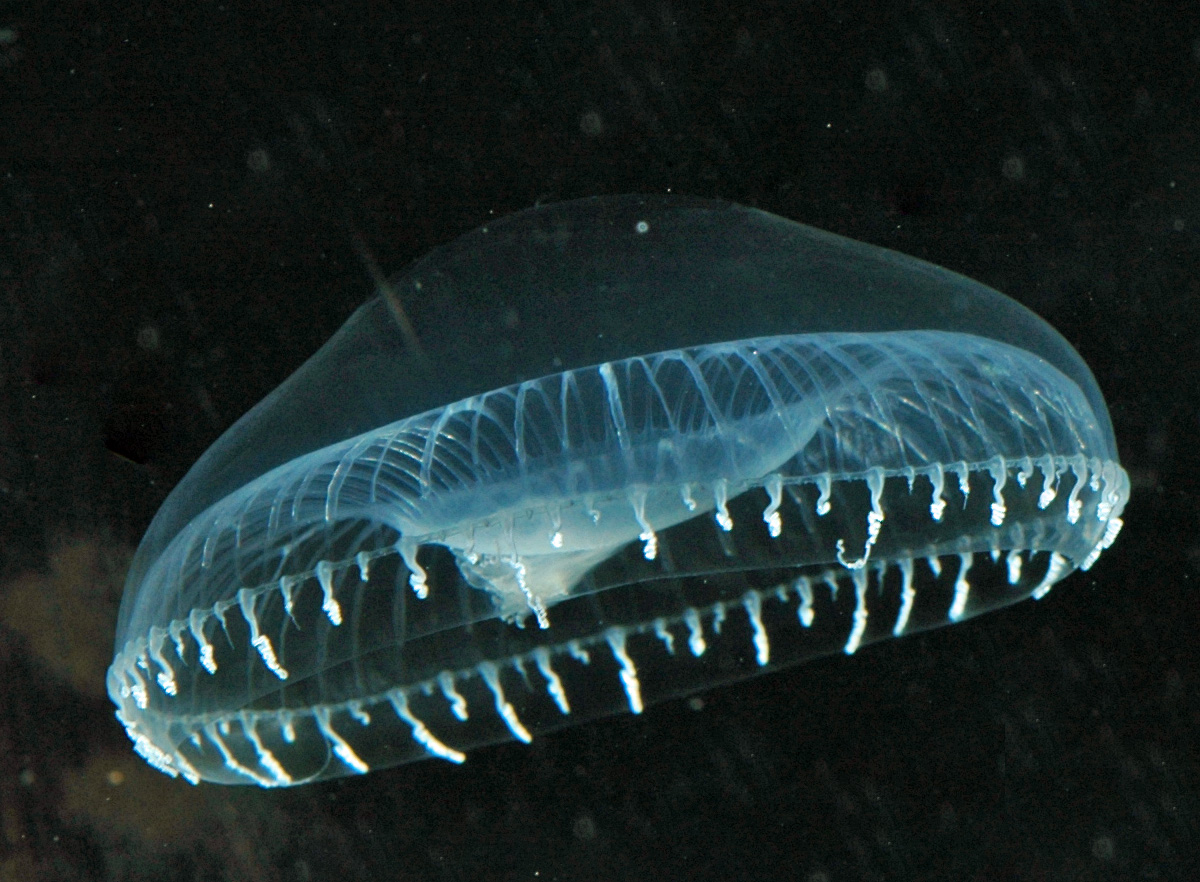The ABCs of Biotech for Christians - Seventh in a series - F is for Florescence
The reason for this blog series is to take an alphabetic tour through biotech to explore whether God is OK with its techniques and accomplishments. We are trying to understand biotechnology in the light of Scripture.
Can a layperson understand complex scientific topics well enough to be able to consider whether they are agreeable for Christians? I hope that anything written here— if incorrect or far-fetched— will encourage comments which can be entered after login. I don’t want to be a Galileo basher but only a voice of warning as a Berean, believing that a layperson can form good opinions based on Bible truths, if the subject under study is understood.
Attempting this seems like a good quest. If we Christians wait too long to delve into these wells of underground blackness, perhaps what emerges will overwhelm our above ground places of respect for life— our homes, churches, governments.
In this post we will consider florescence.

By Sierra Blakely, Attribution, LinkYou can read a book about it here, but for us laypeople, suffice to say, jellyfish.
The Aequorea victoria pictured is a bioluminescent hydrozoan jellyfish that is found off the west coast of North America. (wikipedia) It is best known as the source of two proteins involved in bioluminescence, aequorin, a photoprotein, and green fluorescent protein (GFP). Their discoverers, Osamu Shimomura and colleagues, won the 2008 Nobel Prize in Chemistry for their work on GFP.
Since 1994, GFP has been “a scientist’s agent” in the field of biotechnology, needing only oxygen and an energy source to function. It makes possible the investigation or monitoring of DNA, cells and organisms to determine all sorts of information relative to immunology, neurobiology, development and carcinogenesis.
Florescence microscopy permits the inspection of specific proteins inside living cells which is not possible with electron microscopy. There is also fluorescence spectroscopy which is useful to researchers and X-ray florescence.
There are currently clinical trials using florescence to discern aspects of early stage Alzheimers disease in people, the safety of immunotherapy in ovarian cancer patients, and other explorations.
Of course, it is one thing to view cells under a microscope using green florescent protein from a jellyfish to light up and differentiate the view, but it is another to inject that into a human so that noninvasive imaging can be done.
Some ethicists today approve of procedures that restore but do not augment humans. Healing but not eugenics is OK. Others would say we should always err on the side of caution. Even though the combining of jellyfish genes with human cells structures may make healing easier, there is a principle involved. What is in God’s mind regarding this procedure? I want to explore this principle further in future posts. Some say that this principle, that of adding genes from one species or kind to another whether in cells, plants or animals, is what defines the biotechnology industry.
It is possible to integrate jellyfish glow into other species in a “germ” or beginning phase of development, so that the cat or monkey (etc) is florescent. See a glow-in-the-dark cat here.
Scientific research must have limits. God is love yet he, like us, or we, like Him, have limits to our kindness and tolerance.